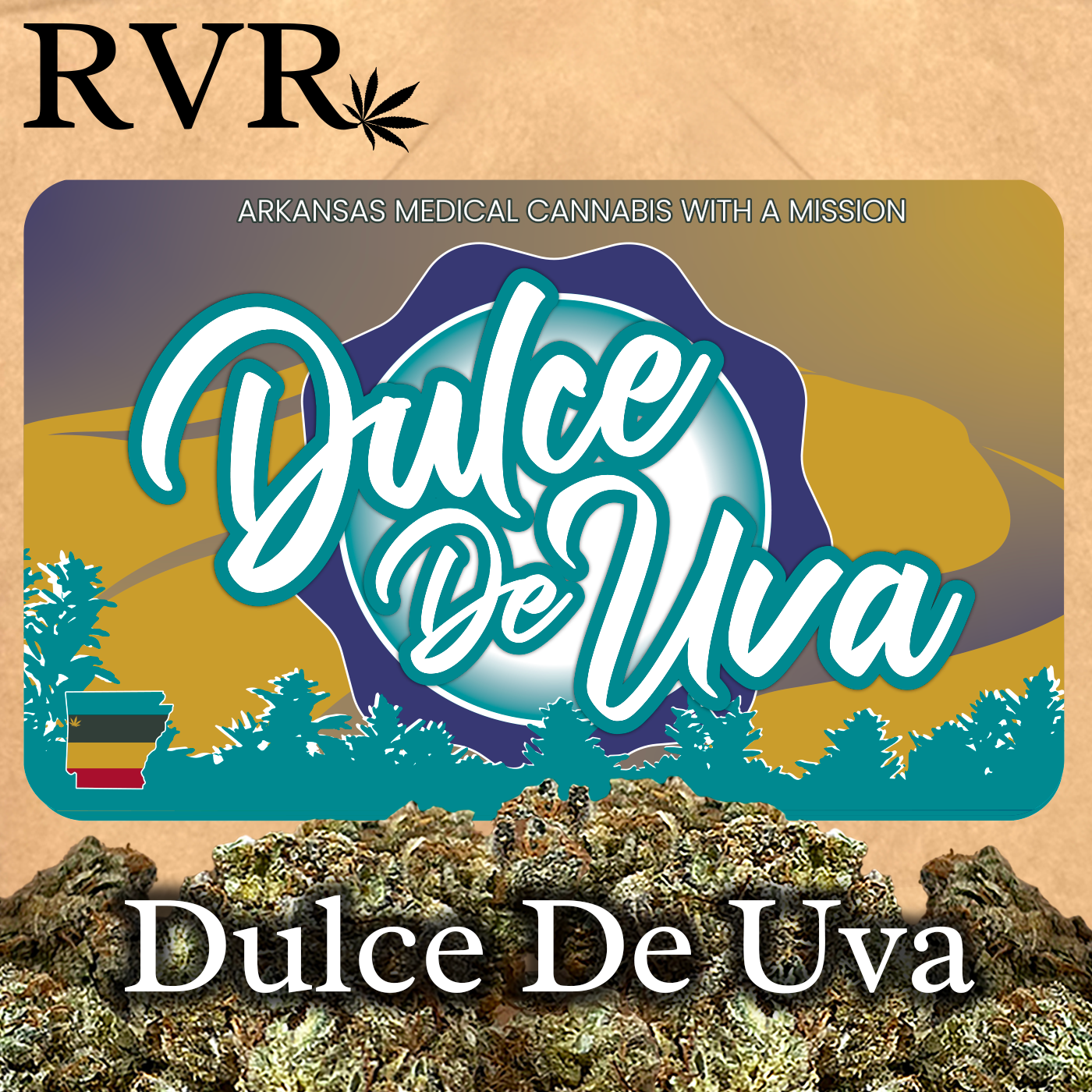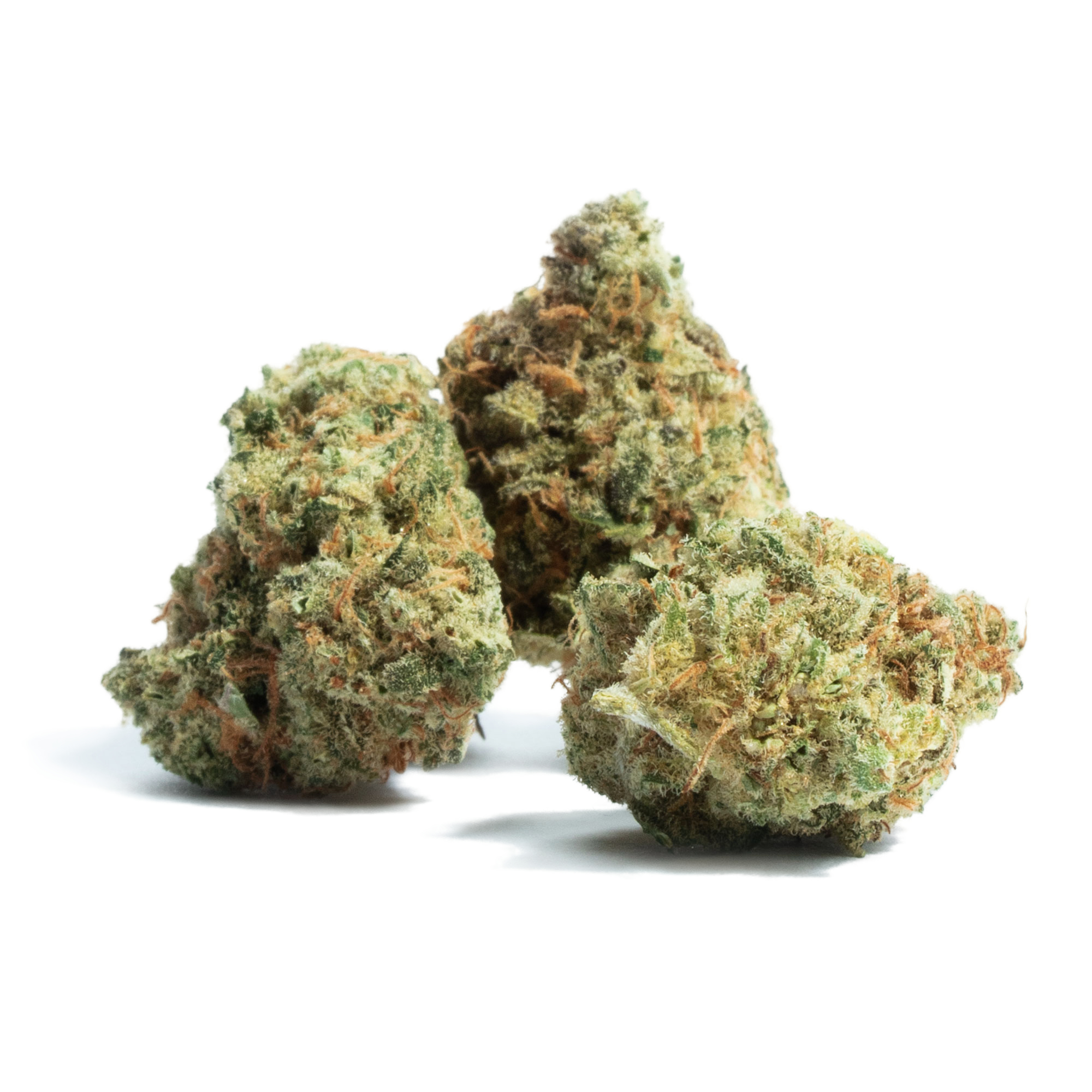Hey there, sweet tooth explorers! If you're diving into the world of Latin American desserts, you're probably wondering, "What is dulce de uva in English?" Well, buckle up because we're about to take you on a sugary adventure. Dulce de uva is essentially "grape jam" or "grape preserve" in English. But don’t let the simple translation fool you—this treat is anything but ordinary. It’s a rich, velvety spread made from cooked-down grapes that packs a flavor punch like no other. Let’s dive deeper into this sweet sensation, shall we?
Now, before we get all jammy, let’s talk about why dulce de uva has been stealing hearts for generations. This isn’t just any jam; it’s a labor of love. Think about the effort that goes into cooking down fresh, juicy grapes until they transform into a luscious, amber-colored spread. It’s a process that requires patience, skill, and a whole lot of sweetness. And who doesn’t love something that tastes as good as it smells?
So, whether you’re a fan of traditional recipes or just looking to spice up your breakfast routine, dulce de uva is here to sweeten your day. Stick around because we’re going to break down everything you need to know about this delightful treat. From its origins to how you can make it at home, we’ve got you covered. Let’s get started!
- Luke Combs Democrat Exploring The Connection Between Country Music And Politics
- Zayla Goodwin The Rising Star Whos Turning Heads Worldwide
Table of Contents
Key Ingredients in Dulce de Uva
- Nicole Simpson Abuse Photos The Truth The Impact And What You Need To Know
- Lil Wayne Las Vegas Residency The Hottest Show In Sin City
Health Benefits of Dulce de Uva
Different Variations Around the World
Delicious Recipes with Dulce de Uva
The Origin of Dulce de Uva
Let’s rewind the clock and talk about where dulce de uva actually comes from. Believe it or not, this sweet delight has deep roots in Latin America, particularly in countries like Argentina, Chile, and Uruguay. Back in the day, people didn’t have fancy machines to make jam, so they relied on good old-fashioned methods. Grapes were abundant, and turning them into a long-lasting preserve was a no-brainer. Over time, dulce de uva became a staple in many households, passed down through generations.
But here’s the kicker—dulce de uva isn’t just a dessert; it’s a cultural symbol. It represents the hard work and creativity of those who first crafted it. Families would gather together to cook massive batches, sharing laughter and stories as the grapes simmered away. It’s these traditions that make dulce de uva so special. So, the next time you spread it on your toast, remember the history behind it.
Historical Significance
Speaking of history, dulce de uva played a significant role in rural communities. In the past, preserving food was crucial for survival, especially during harsh winters. Grapes were an excellent choice because they’re packed with natural sugars that help with preservation. Plus, they’re delicious! Farmers would use the excess grapes from their harvest to create this sweet goodness, ensuring nothing went to waste. Talk about resourcefulness, right?
Key Ingredients in Dulce de Uva
Alright, let’s talk ingredients. At its core, dulce de uva is made from just a few simple components: grapes, sugar, and sometimes lemon juice. Yep, that’s it! But don’t underestimate these humble ingredients. Each one plays a crucial role in creating the perfect balance of sweetness and tanginess.
- Grapes: The star of the show. You’ll want to use seedless grapes for convenience, but some traditional recipes call for seeded ones to add texture.
- Sugar: This is what gives dulce de uva its signature sweetness. You can experiment with different types of sugar, like brown sugar, for a richer flavor.
- Lemon Juice: Optional but highly recommended. A splash of lemon juice helps brighten the flavors and prevents the jam from becoming too cloying.
Where to Source Quality Ingredients
Now, if you’re thinking about making your own dulce de uva, you’ll want to get your hands on the best grapes possible. Look for fresh, ripe grapes at your local farmers’ market or grocery store. Organic options are always a good idea if you can find them. As for sugar, regular white sugar works fine, but if you’re feeling adventurous, try using honey or maple syrup for a natural alternative.
How Dulce de Uva is Made
Making dulce de uva might sound intimidating, but trust me, it’s easier than you think. The key is to be patient and let the magic happen. Here’s a step-by-step guide to help you get started:
- Wash and de-stem the grapes. If you’re using seeded grapes, you’ll need to remove the seeds first. This can be a bit tedious, but it’s worth it for the smooth texture.
- Crush the grapes to release their juices. You can use a potato masher or even your hands if you’re feeling extra hands-on.
- Simmer the grape mixture in a pot over low heat. Add sugar gradually, stirring constantly to prevent burning. Cook until the mixture thickens and turns a beautiful amber color.
- Once it’s ready, let it cool before transferring it to sterilized jars. Store in the fridge for up to a month.
See? Not so hard, right? Plus, the aroma of simmering grapes will fill your kitchen with pure happiness.
Tips for Perfect Dulce de Uva
Here are a few pro tips to ensure your dulce de uva turns out amazing:
- Don’t rush the cooking process. The longer you simmer the grapes, the richer the flavor will be.
- Use a candy thermometer to monitor the temperature. Dulce de uva should reach around 220°F (104°C) for the perfect consistency.
- Experiment with flavors. Add a pinch of cinnamon or vanilla extract for an extra kick.
Health Benefits of Dulce de Uva
Now, I know what you’re thinking—“Isn’t jam just sugar?” Well, not exactly. Dulce de uva actually has some surprising health benefits. Grapes are packed with antioxidants, vitamins, and minerals that can do wonders for your body. Plus, if you use less sugar or natural sweeteners, you can enjoy the goodness without the guilt.
Some studies even suggest that consuming grapes can improve heart health, boost brain function, and reduce inflammation. So, the next time someone gives you a hard time for eating jam, just tell them it’s for your health!
Antioxidant Powerhouse
Grapes are rich in antioxidants like resveratrol and flavonoids, which help fight free radicals in your body. These powerful compounds have been linked to a lower risk of chronic diseases, such as cancer and diabetes. Who knew a little jar of dulce de uva could pack such a punch?
Different Variations Around the World
While dulce de uva might be most popular in Latin America, variations of grape jam exist all over the globe. In Italy, they have “saba,” a sweet grape syrup used in desserts and cocktails. In Greece, “mustilli” is a similar preserve made from boiled grape must. Even in the U.S., grape jelly is a household staple. Each version has its own unique twist, proving that grapes truly are a universal favorite.
Regional Differences
Interestingly, the recipes for dulce de uva can vary depending on the region. For example, in Argentina, they often use Muscat grapes for a more aromatic flavor. In Chile, they might add a hint of spice to give it a kick. These regional differences make each batch of dulce de uva unique and exciting to try.
How to Use Dulce de Uva
So, now that you’ve got your jar of dulce de uva, what do you do with it? The possibilities are endless! Here are a few ideas to get you started:
- Spread it on toast or bagels for a sweet breakfast treat.
- Use it as a glaze for roasted meats or vegetables.
- Stir it into yogurt or oatmeal for a flavorful twist.
- Swirl it into ice cream or cheesecake for a decadent dessert.
Trust me, once you start experimenting with dulce de uva, you won’t be able to stop!
Creative Pairings
One of the best things about dulce de uva is how versatile it is. Pair it with creamy cheeses like brie or goat cheese for a sweet and savory combination. Or, try it with salty snacks like pretzels or crackers for a contrasting flavor profile. The options are truly limitless!
Delicious Recipes with Dulce de Uva
Ready to take your dulce de uva game to the next level? Here are a couple of recipes to inspire you:
Dulce de Uva Cheesecake
This rich and creamy dessert is sure to impress. Layer dulce de uva between the cheesecake layers for a stunning presentation. Top with fresh grapes for an extra pop of color.
Grape Jam Pancakes
Start your morning off right with fluffy pancakes topped with a generous dollop of dulce de uva. Add a sprinkle of powdered sugar and a pat of butter for the ultimate breakfast indulgence.
Dulce de Uva vs Other Jams
Let’s face it—there’s no shortage of jams on the market. But how does dulce de uva stack up against the competition? For starters, its unique flavor profile sets it apart from other fruit jams. The rich, almost wine-like taste is unlike anything else you’ll find. Plus, the texture is smoother and silkier than your average jam.
Compared to strawberry or raspberry jam, dulce de uva offers a more sophisticated flavor. It’s not overly sweet, which makes it a great choice for savory dishes as well. So, if you’re looking to elevate your jam game, dulce de uva is definitely worth a try.
Why Choose Dulce de Uva?
Here’s the deal—dulce de uva isn’t just another jam. It’s a versatile, flavorful addition to your pantry that can enhance both sweet and savory dishes. Whether you’re spreading it on toast or using it as a glaze, it’s sure to impress. Plus, with its health benefits and cultural significance, it’s a win-win!
Where to Buy Dulce de Uva
If you’re not ready to make your own dulce de uva, don’t worry—you can still get your hands on this sweet treat. Many specialty food stores and online retailers carry dulce de uva. Look for brands that use high-quality ingredients and traditional methods for the best flavor. And if you’re lucky enough to find a local producer, even better!
Shopping Tips
When buying dulce de uva, pay attention to the ingredient list. You want a product that’s made with real grapes and minimal added sugars. Avoid anything with artificial preservatives or flavors. And don’t be afraid to try different brands to find your favorite.
Frequently Asked Questions
Still have questions about dulce de uva? Here are some common ones we get:
How long does dulce de uva last?
Properly stored in the fridge, dulce de uva can last up to a month. If you want to extend its shelf life, consider freezing it for up to six months.
Can I use dulce de uva in savory dishes?
Absolutely! Its sweet and tangy flavor pairs beautifully with savory ingredients like cheese, meats, and vegetables.
Is dulce de uva gluten-free?
Yes, dulce de uva is naturally gluten-free, making it a great option for those with dietary restrictions.
Conclusion
Well, there you have it—everything you need to know about dulce de uva
- Peanuts Characters Zodiac Signs Discover The Cosmic Connection Of Your Favorite Peanuts
- Sharon Murphy 2024 The Ultimate Guide To Her Journey Achievements And Impact


